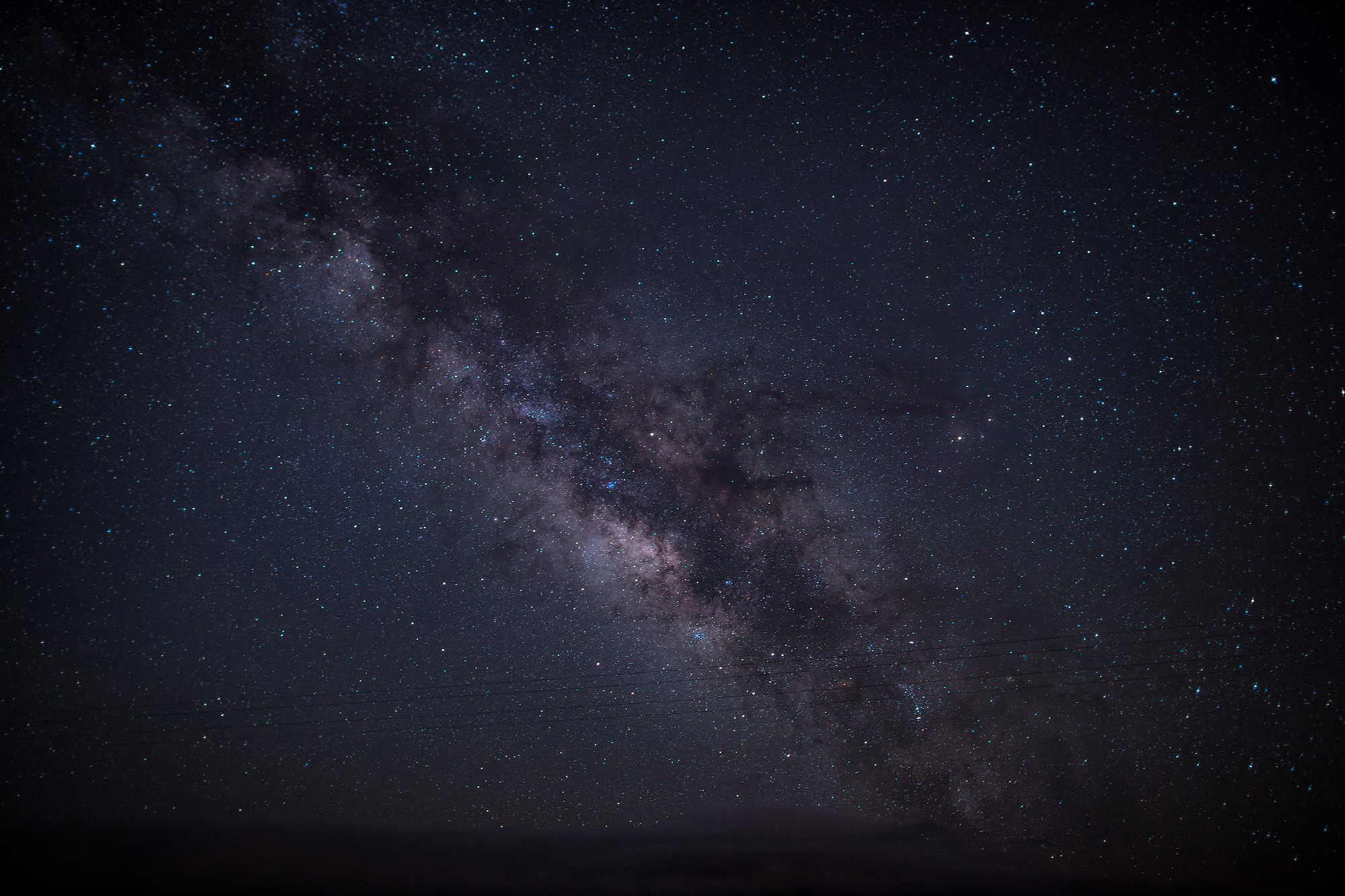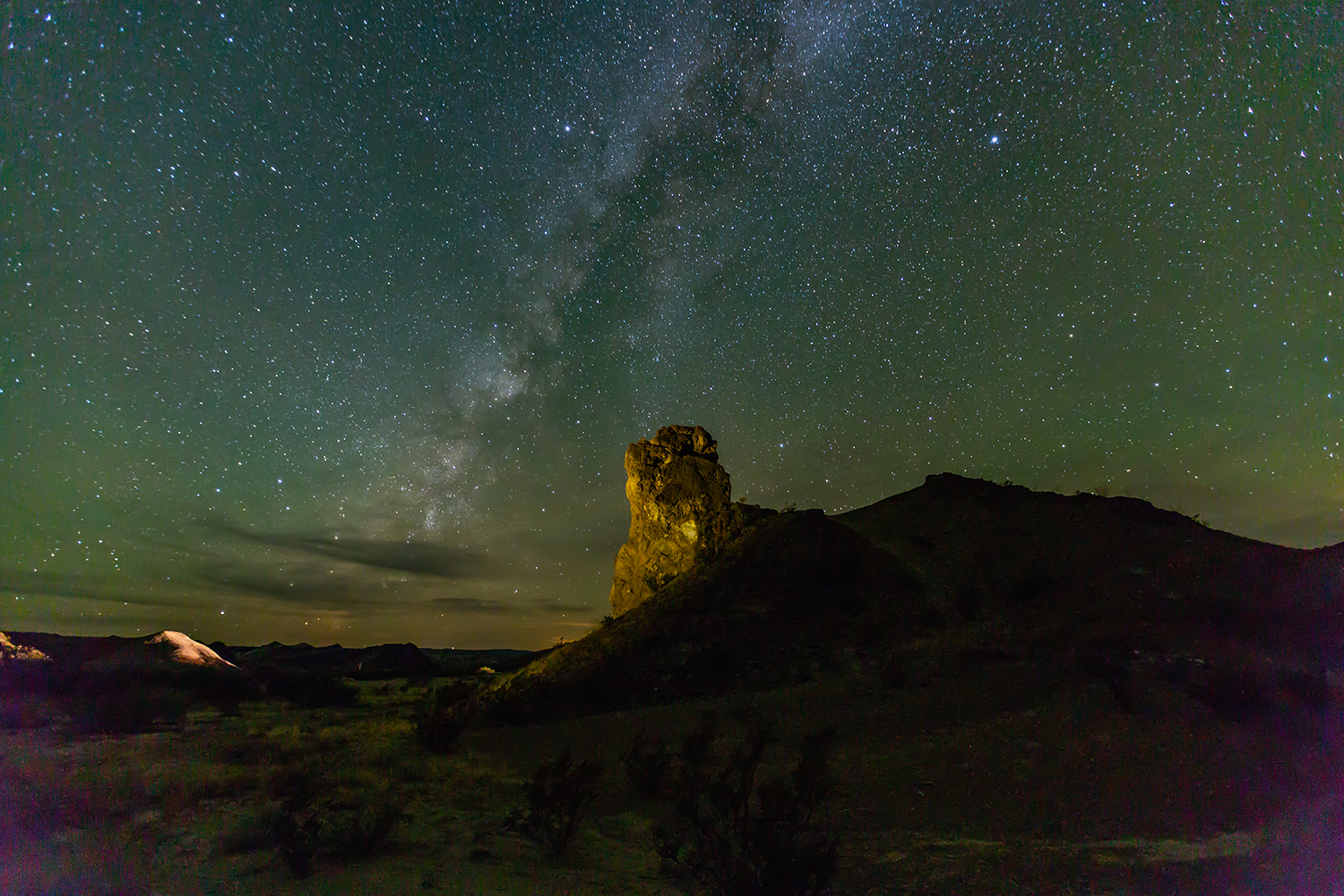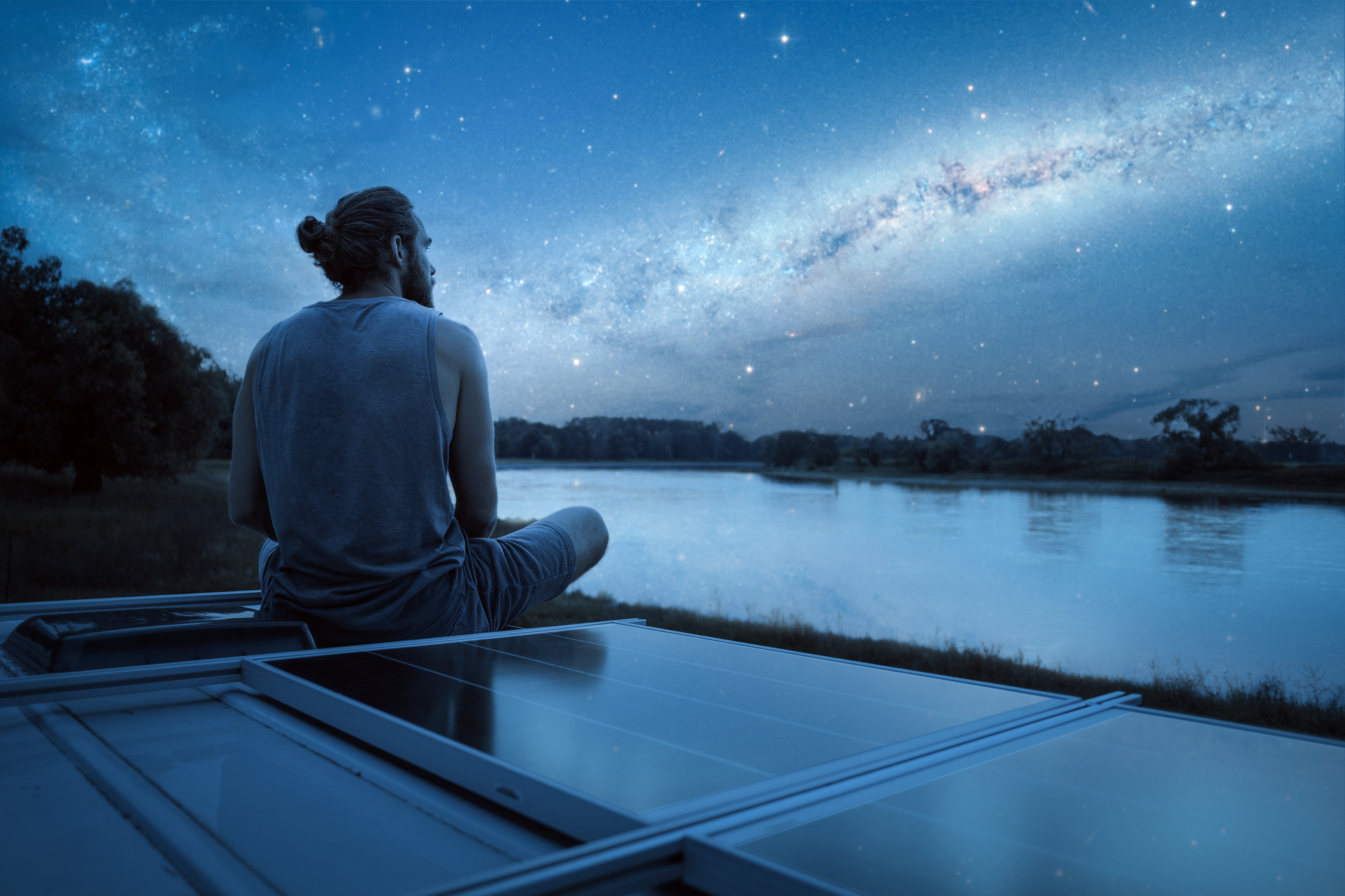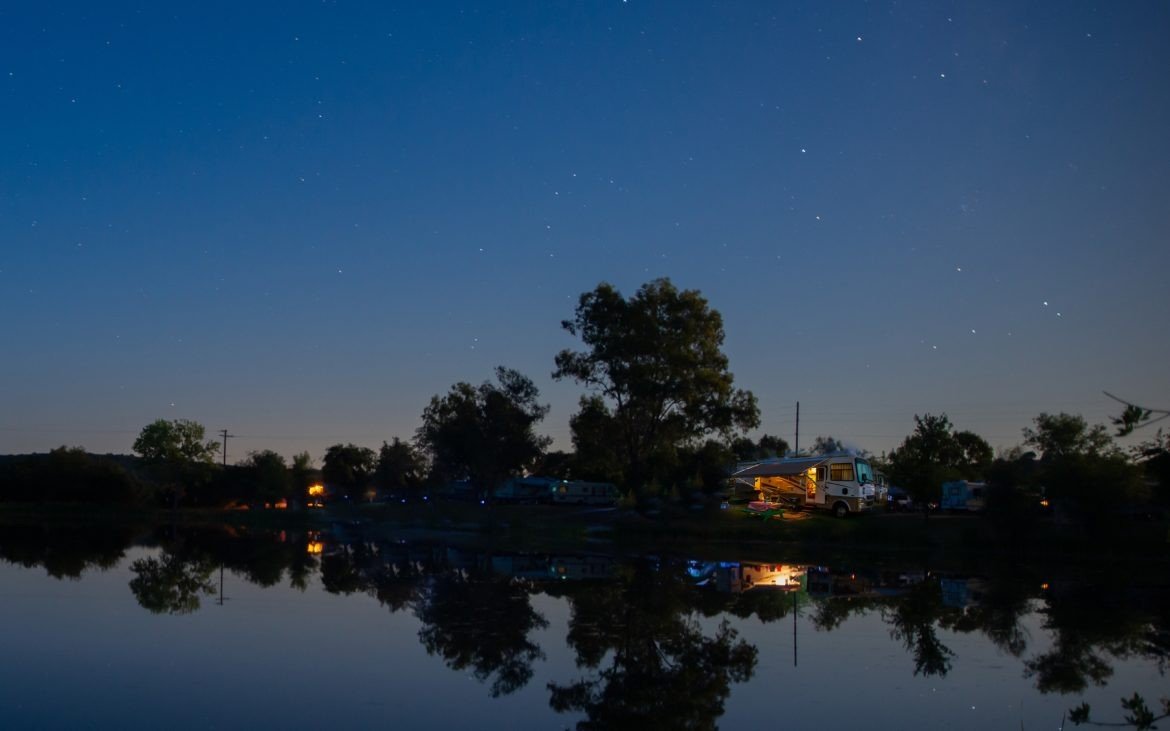WEnRV travel news, products, and industry trends
4 Southwest Dark Sky Destinations That Will Make You See Stars
What a relief that cooler temperatures are finally here. It’s a welcome change of seasons and a perfect chance to comfortably explore the best dark-sky destinations in the Southwest. Whether you’re headed to the sunny Southern California coast or gathering with winter Texans on the Gulf Coast, the most popular winter snowbird journeys are often filled with stargazing under crystal-clear skies.
A Short List of the Best Dark Sky Destinations in the Southwest
The Southwestern desert has inky-black starry skies all year. But if you’re a weather wimp like me, exploring them in fall and winter is much more appealing. As an astronomy fan, I enjoy planning our travels around the International Dark-Sky Association’s Dark Sky Site Directory. It’s a great resource for locating North America’s darkest skies and also includes a list of dozens of Dark Sky Parks near popular winter snowbird destinations. My favorite places in Arizona, California, New Mexico and Texas include:
Arizona: Saguaro National Park

The Milky Way over Saguaro National Park. Getty Images
If you hide from winter in Arizona, take a break from your usual spot and head south to Organ Pipe National Monument. Located two hours west of Tucson, Organ Pipe is not only an International Dark Sky Park, but is also an International Biosphere Reserve. The dual designation means that along with a peaceful stay underneath Southern Arizona’s darkest skies, you can also experience one of the few intact, undeveloped slices of the Sonoran Desert ecosystem. It’s a two-for-one deal that takes your breath away with the starriest skies at night and untouched desert scenery by day. There’s a rustic, RV-friendly campground inside the monument, but Ajo Heights RV Park offers full-hookup comforts just minutes from the park entrance.
alifornia: Anza-Borrego Desert State Park

Time-lapse photograph over Anza-Borrego Desert State Park. Getty Images
Few snowbird destinations are better than California. Despite the many bright lights obliterating the night sky in big cities like Los Angeles, the state has a surprisingly large number of dark sky destinations for RVers. One of my favorites is located south of Palm Springs at Anza-Borrego Desert State Park. Many snowbirds flock there during the spring wildflower season, but California’s largest state park is also a great spot for cool, comfortable stargazing in fall and winter. The park makes the most of its Dark Sky Park designation. During snowbird season from December to March, park rangers frequently host night sky star parties that give you plenty of ways to dive deeper into astronomy and our place in the universe. There’s a rustic RV-friendly campground inside the park, but I love staying in comfort at The Springs At Borrego RV Resort & Golf Course. It’s a luxurious home base just minutes from the park entrance.
New Mexico: The Cosmic Campground

The thick band of the Milky Way over New Mexico. Getty Images
If you’re flying south for winter through New Mexico, take a short detour to the Cosmic Campground International Dark Sky Sanctuary in the Gila National Forest. This special RV-friendly boondocking spot is one of only 14 certified International Dark Sky Sanctuaries worldwide. Located about 1.5 hours north of Silver City, you won’t even have to travel far to enjoy one of the few places on the planet with exceptionally dark, starry nights. Since the campground has no shade trees, fall and winter are great times to visit. What’s even better is that you don’t need a reservation for this first-come, first-served campground with a few conveniences like level parking for large RVs, picnic tables, fire rings, vault toilets and concrete telescope observation pads that make it easy to set up your stargazing equipment and view the nightly show.
Texas: Big Bend National Park & Surrounding Area

The Sphinx formation at night in Big Bend National Park. Getty Images
In all our travels in the USA, I have never camped under darker skies than along the Rio Grande River. Located halfway between the glaring lights of El Paso and San Antonio, the Big Bend Region is one of the best destinations for a one-of-a-kind celestial experience. Whether you’re lucky enough to score a campsite reservation inside Big Bend National Park or opt for the other rustic campgrounds just outside, the long drive to get to this part of the country is always worth the effort. Just don’t go without a tank full of fuel, all the groceries you’ll need and a willingness to go with the flow. You may or may not have hookups, and it’s almost certain that you’ll be without reliable cellular or internet connectivity in most areas. If you’re looking for more modern conveniences, just park about an hour north at the Lost Alaskan RV Park in Alpine.
How to Make the Most of Dark Sky RV Destinations
Enjoying the best dark sky destinations in the Southwest requires a little etiquette if you’re around other observers, and some common sense when you’re alone or in a group.

Getty Images
You’ll never look up at the night sky the same way once you get a taste of the Southwest dark sky destinations. If your inner astronomer is yearning to come out, the website Go Astronomy is a great resource to learn more about the world’s oldest science of stargazing.
The post 4 Southwest Dark Sky Destinations That Will Make You See Stars appeared first on Good Sam Camping Blog.

Copyright
© Good Sam Camping Blog


